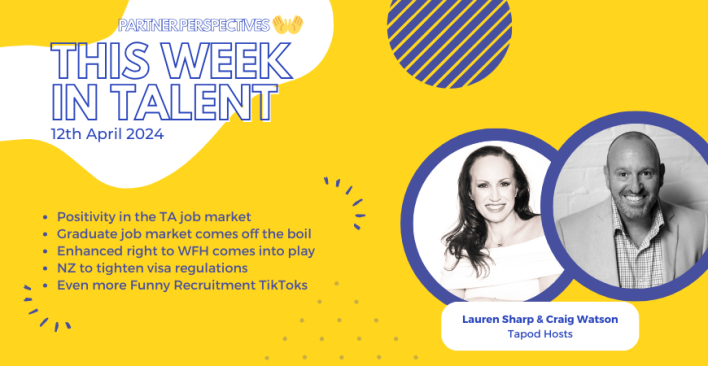How Long is a Piece of String?

Over 10 years I have undertaken a number of Recruitment Reviews on large recruitment functions. I call myself a subject matter expert (SME) in both permanent and contingent recruitment. I know that many others have more colourful names. I cannot mention them in this blog. By the way, I still need to understand the true meaning of “Smart Arse” – Does this mean I have an intelligent bum?
Based on my experience and years in the industry, I have become the go to person for the following types of questions:
Dear Trevor (SA)
How are you?
I would like to include some metrics in a paper that I am preparing around internal recruitment, specifically:
- Average cost per hire;
- Average time to fill;
- Placements per Recruiter on an annual basis; and
- Average volume of open vacancies that a Recruiter works on at any one time.
Might you have some material that you could share with me?
Yes it is cheeky to ask for free consulting, but hey I believe in reciprocity. You know, what comes around goes around, karma and all that. However, how do I really help a person who gives you this much information?
So here is my response:
-
Average cost per hire;
- Varies based on organisations business drivers, type of recruitment, volume versus non volume position. Also varies if some of the recruitment process is technology enabled and or undertaken in shared services or off shore. The volume of roles will also impact as it enables you to spread a finite fixed cost over a larger number of roles.
Typical ROUGH rule of thumb if you outsource would be $3K-$4K Volume $5-$7K professional. I would much prefer the Staffing Efficiency Ratio to the cost of hire any day! At least this compares the total cost of recruitment to the value of the roles recruited.
-
Average time to fill;
- Depends whether an organisation is undertaking proactive candidate engagement, the scarcity/criticality of the position. Also important to know how volumes and seasonality impact the position. Typically, ROUGH rule of thumb, for volume positions 15-20 working days and non-volume 20-30 working days.
-
Placements per Recruiter on an annual basis ( now I love this one)
- Again the type of role is critical to this answer. The desired level of service (mail box recruitment versus a high touch approach) is also key as is technology enablement of the process. The variations of recruitment levels also have a slight impact :). Notice that I have not yet mentioned recruiter capability and market experience. Again ROUGH rule of thumb, for volume approximately 200-250 non volume approx. 80-100
-
Average volume of open vacancies that a Recruiter works on at any one time.
- See points above, it does become repetitious. However, we do have a ridiculously simple and effective spread sheet to calculate the last two points.
OK so what have we learnt?
- Metrics and bench marking are futile unless you have sufficient information on business drivers especially cost versus quality, types of positions recruited, their criticality to the business, the demand and supply for the skills, the organisations propensity to outsource (the use of agencies and RPOs) and the level of service an organisation wishes to provide hiring managers and candidates.
These types of metrics are not as important to me as the Quality of Hire, Time to Productivity, Level of candidate satisfaction, Recruiting the optimum resource for a position and agility of the staff recruited.
I love and collect wine. I have many friends and associates who are SMEs and work in the wine industry. They leave me for dead in what they know about wine, I mean it. I think I will ask them how much is a bottle of wine?
Related articles
Leave a Reply
Sign up to our newsletter
Get a weekly digest on the latest in Talent Acquisition.
Deliver this goodness to my inbox!


